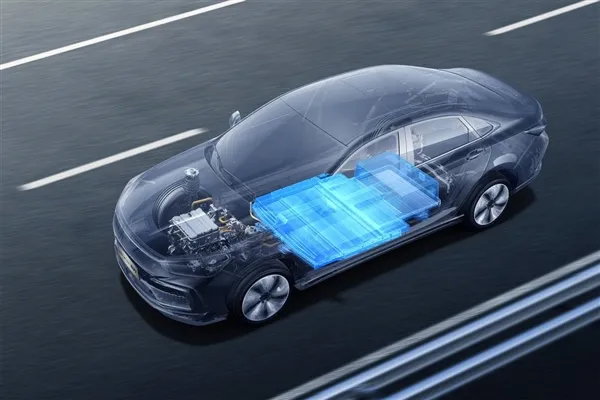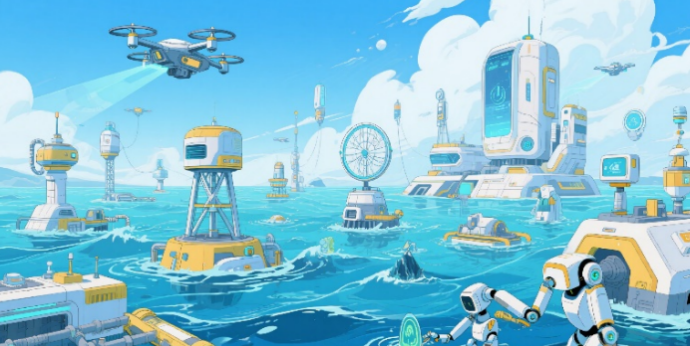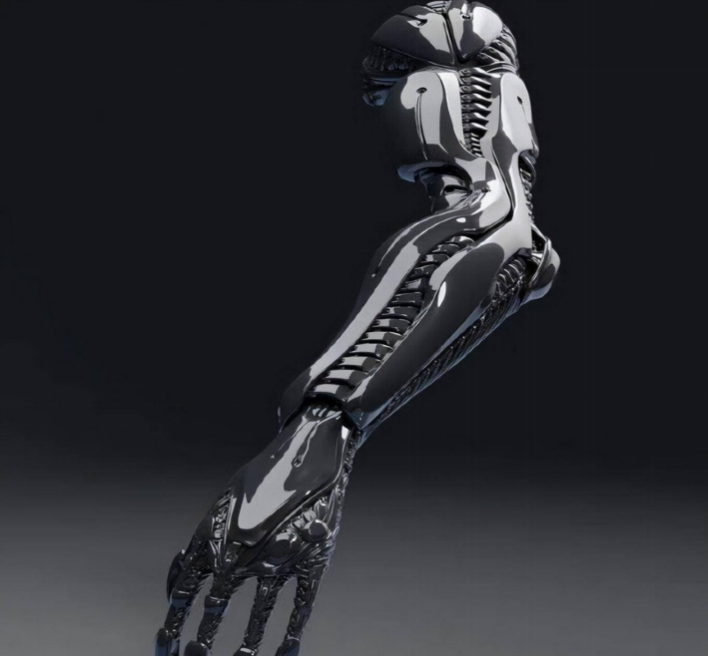Satellite "Eyes" Lock onto Methane, Leaving Earth's "Invisible Enemy" Nowhere to Hide
Above Earth, two pairs of "eyes" are keeping a close watch on us. Their mission is not to search for aliens, but to track a gas that is invisible, intangible, yet has a huge impact on the climate methane. In 2024, two new satellites, MethaneSAT and Carbon Mapper, were launched, ushering in a new era of "hunting" methane super emitters from space. These satellites are like Earth's "environmental police," tasked with catching the "bad guys" that secretly emit methane.
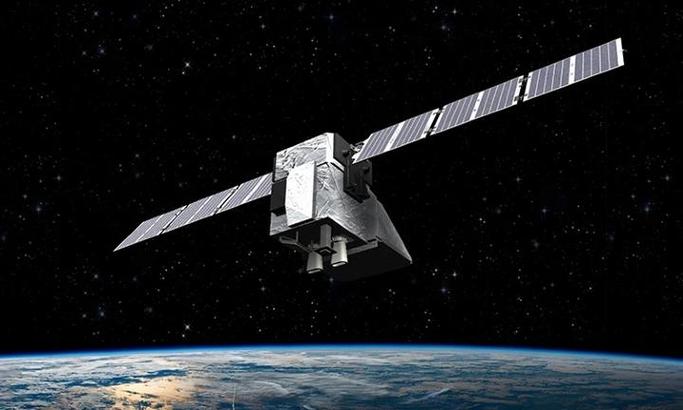
Although methane is not as "infamous" as carbon dioxide, it is the "invisible killer" among greenhouse gases. Over 60% of global methane emissions come from human activities, such as fossil fuel extraction and raising burping cows (yes, cow burps are more "deadly" than their farts). The good news is that the "culprits" behind methane emissions are actually in the minority. Research shows that 5% of factories or facilities contribute to more than half of the methane emissions in an industry.
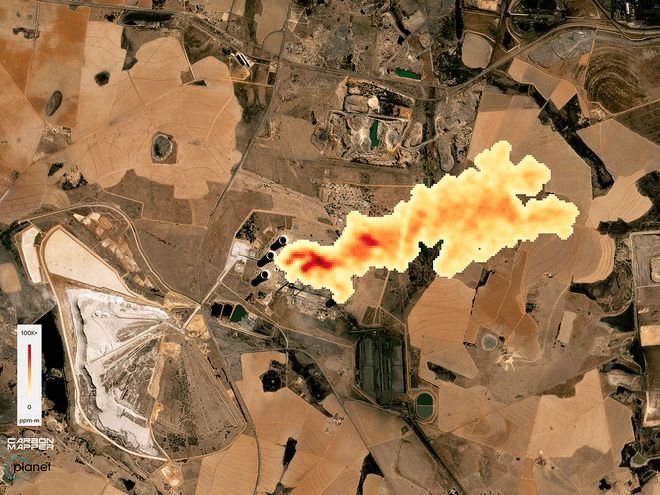
These "super emitters" are like the "troublemakers" in a class— if you can control them, the whole class will be much more disciplined. This is where MethaneSAT and Carbon Mapper step in, acting as Earth's "environmental duo," with clearly defined roles. MethaneSAT has a broader view, capturing images that cover an area equivalent to Glacier National Park in Montana each time it takes a shot. Its task is to identify.
"hotspots" of methane emissions, much like using a wide-angle lens to capture a panoramic photo and quickly pinpoint problem areas. Carbon Mapper, on the other hand, is more like a high-powered zoom camera Its "precision strike" capability ensures that factories trying to secretly emit methane have nowhere to bade.
Despite the power of these satellites, they do have a "weakness"— they need sunlight to operate. This means they cannot "patrol" at night As a result, some unethical oil and gas company bosses might try to take advantage of this and order their employees to carry out maintenance or secretly emit methane at night. It's like a "cat-and-mouse game," where the satellite is the "cat" and the emitters are the "mice." Of course, in the future, other technological methods will certainly fill this gap.
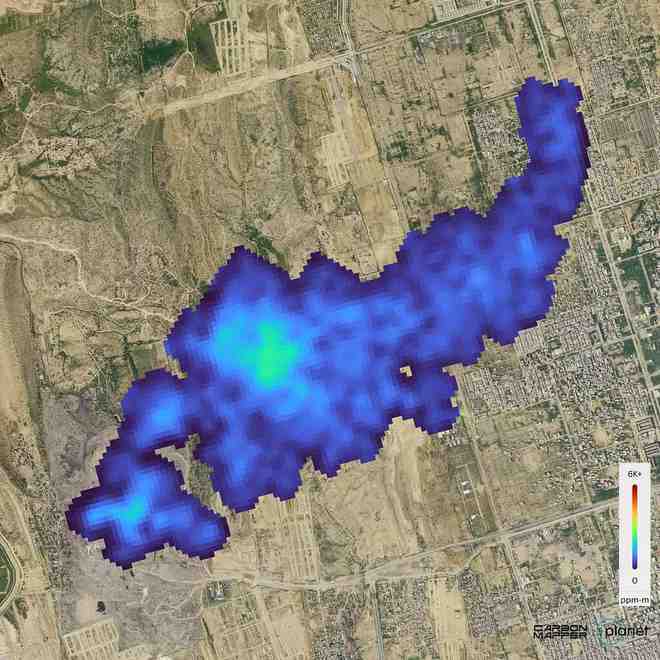
By then, these "mice" will truly have nowhere to run. In the past, blowout accidents occurred around the world, leading to large-scale methane leaks, which caused trouble for residents living near natural gas fields, including health problems. If these two satellites had been in use back then, less harm could have been caused, or even the disaster could have been completely prevented. Now, with these satellites in operation, such incidents will be hard to escape from the "eyes" of surveillance. Even the most remote areas, which were once difficult to monitor, will now be fully visible to the satellites.
Not only can they prevent harm, but they can actively locate methane pollution sources. The launch of MethaneSAT and Carbon Mapper is not just a technological advancement, but also a step toward protecting Earth. With their "eyes," these satellites lock onto methane super emitters, creating a defence line for our planet. Invisible enemies like methane must be defeated once and for all.
(Writer:Matti)
